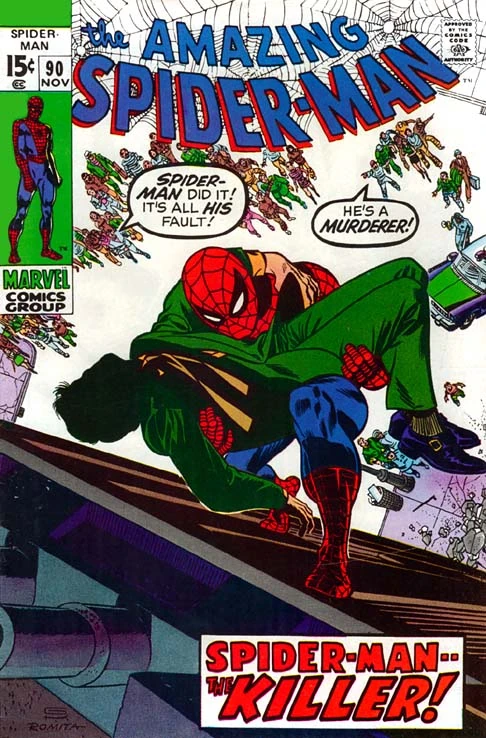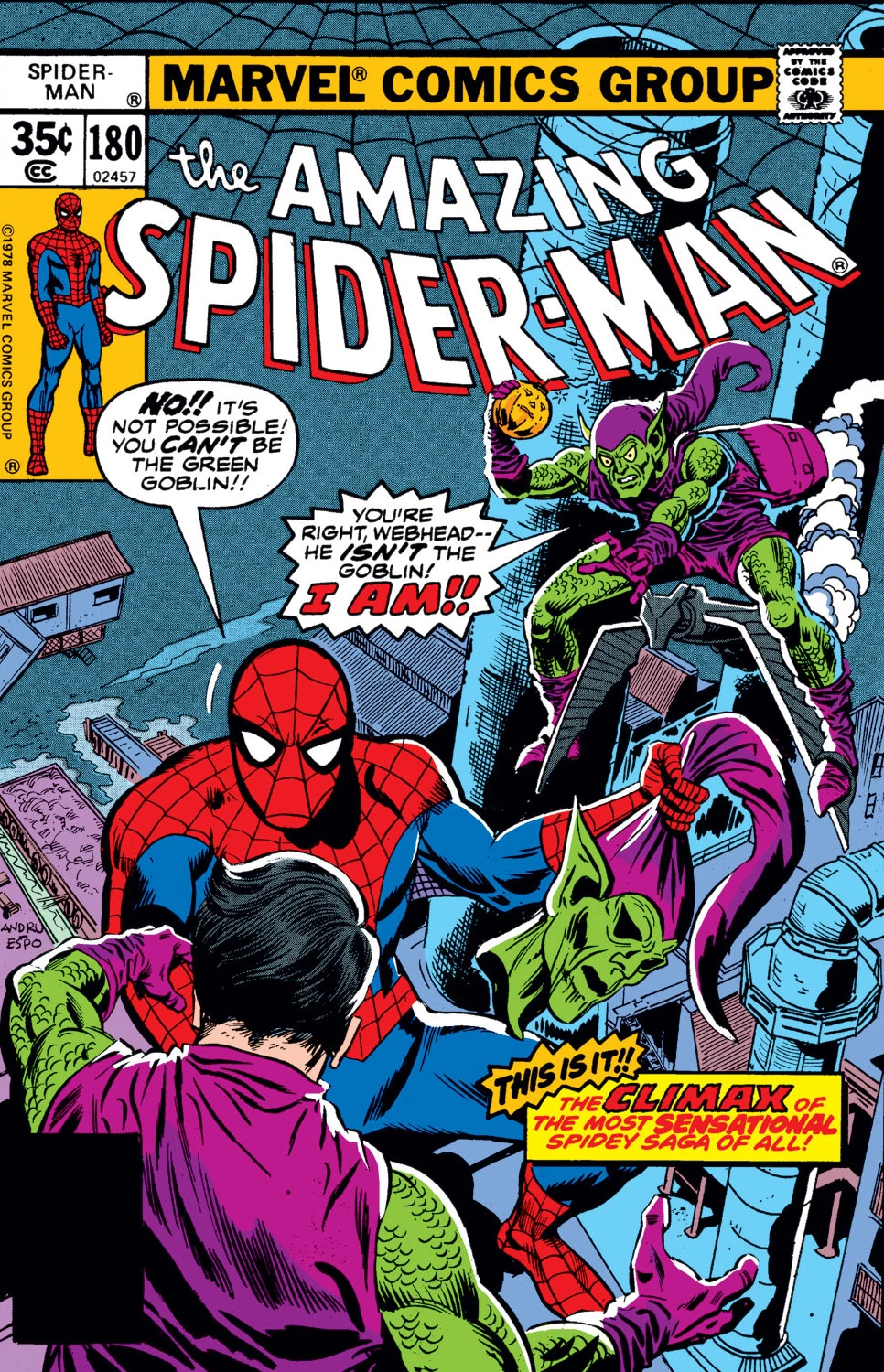Spider-Man 70s
- Matthew Werenich

- Nov 29, 2023
- 2 min read
The 70s gave us one of the most defining moments in Peter Parker’s life – the death of Gwen Stacy. It’s a moment that would impact the entire decade at the very least; it impacts Peter’s relationship with Harry, Mary Jane, and with Spider-Man himself. It's a reminder that permanence in narrative is such a crucial element. Bringing people back from the dead or undoing major story moments might make for good conversation, but in the comic book world it rarely leads to a good story (cough cough One More Day) Speaking of permanence, it might interest you to know that Marvel decided to bring Gwen Stacy back from the dead like a few issues after she had died. Yes, it turned out to be a clone. And that should tell you everything you need to know about why it's important to stick with your decisions.
Top Ten 70s Spider-Man Issues
George Stacy Dies: The Amazing Spider-Man #90-91, 1970
Morbius: TASM #101-102, 1971
Gwen Stacy Dies: TASM #121, 1973
Green Goblin Dies: TASM #122, 1973
Harry Becomes Goblin: TASM #136, 1974
Harry Gets Engaged: TASM #166, 1977
Two Green Goblins: TASM #180, 1978
Peter Proposes: TASM #182-183, 1978
College Graduation: TASM #185, 1978
Black Cat: TASM #194-195, 1979
A few new characters appear during this time, like Morbius, Black Cat, and the Punisher. Of those three, Black Cat's introduction is certainly the most vibrant. Mary Jane is a bit of a firecracker, but she's almost got nothing on Black Cat when it comes to unapologetic wildness. She injects a whole lot of romantic intrigue into Spidey's life. On that note, Peter proposes this decade and receives a surprising answer. Definitely didn't see that coming. Nor did I anticipate Doc Ock and Aunt May to have a wedding ceremony, or Spider-Man to grow two extra arms. A lot of weird stuff happened this decade.
One of the more interesting characters during this time was Harry Osborn, who had a recurring story arc about a drug addiction. Up until 1971, the Comics Code Authority had worked hard to keep certain heavier or darker themes out of comic books. But in 1970, the U.S. government asked Stan Lee to insert some anti-drug messaging into his comics. The end result was issues 96-98, which were the first mainstream comic books to discuss and speak out against the abuse of drugs. But how did they get approval from the Comics Code Authority?
They didn't. They just published the comics without the usual seal of approval - which really tells us something about the real-life power of Spider-Man back then.
Next up is the 80s, which bring us two major costume additions to Spider-Man. One's a black suit you might recognize, and the other's a ring.






















Comments